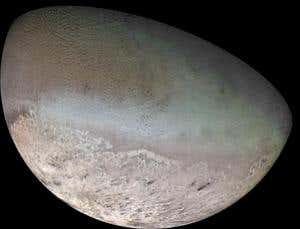Aug 28, 2012
The Truth about Space Travel is Stranger than Fiction
Posted by Gary Michael Church in categories: asteroid/comet impacts, biological, biotech/medical, business, chemistry, climatology, complex systems, cosmology, counterterrorism, defense, economics, education, engineering, ethics, events, evolution, existential risks, finance, futurism, geopolitics, habitats, homo sapiens, human trajectories, life extension, lifeboat, media & arts, military, neuroscience, nuclear weapons, physics, policy, space, sustainability, transparency, treaties
I have been corresponding with John Hunt and have decided that perhaps it is time to start moving toward forming a group that can accomplish something.
The recent death of Neil Armstrong has people thinking about space. The explosion of a meteor over Britain and the curiosity rover on Mars are also in the news. But there is really nothing new under the sun. There is nothing that will hold people’s attention for very long outside of their own immediate comfort and basic needs. Money is the central idea of our civilization and everything else is soon forgotten. But this idea of money as the center of all activity is a death sentence. Human beings die and species eventually become extinct just as worlds and suns also are destroyed or burn out. Each of us is in the position of a circus freak on death row. Bizarre, self centered, doomed; a cosmic joke. Of all the creatures on this planet, we are the freaks the other creatures would come to mock- if they were like us. If they were supposedly intelligent like us. But are we actually the intelligent ones? The argument can be made that we lack a necessary characteristic to be considered truly intelligent life forms.
Truly intelligent creatures would be struggling with three problems if they found themselves in our situation as human beings on Earth in the first decades of this 21st century;
1. Mortality. With technology possible to delay death and eventually reverse the aging process, intelligent beings would be directing the balance of planetary resources towards conquering “natural” death.
Continue reading “The Truth about Space Travel is Stranger than Fiction” »
 A new corporation in Alameda California is pitching space tourism and the old Alameda Naval Air Station as America’s next spaceport.
A new corporation in Alameda California is pitching space tourism and the old Alameda Naval Air Station as America’s next spaceport.







